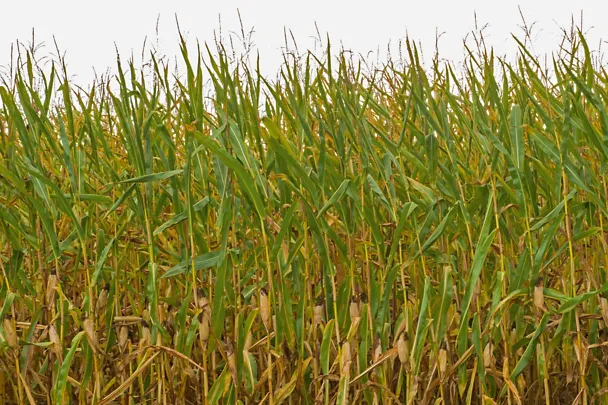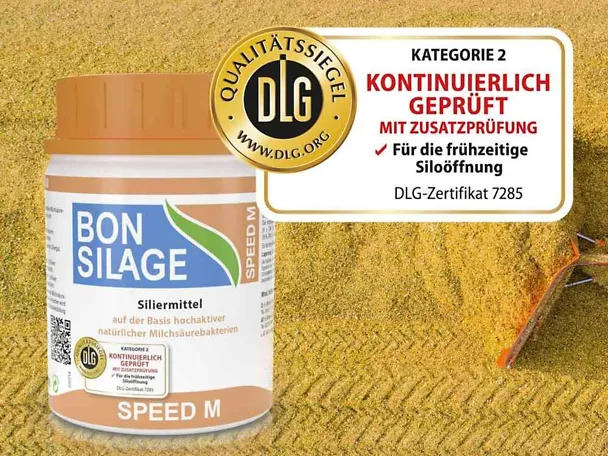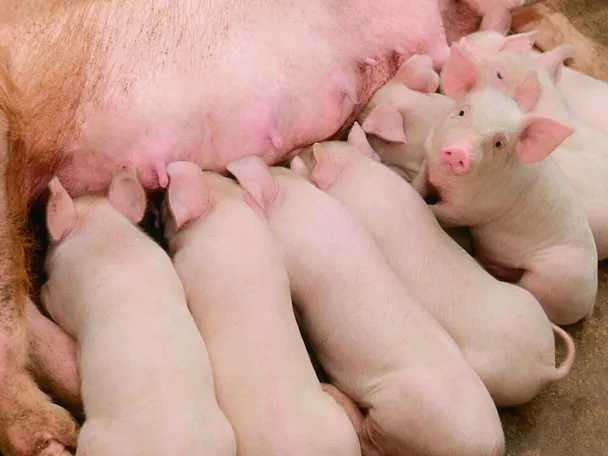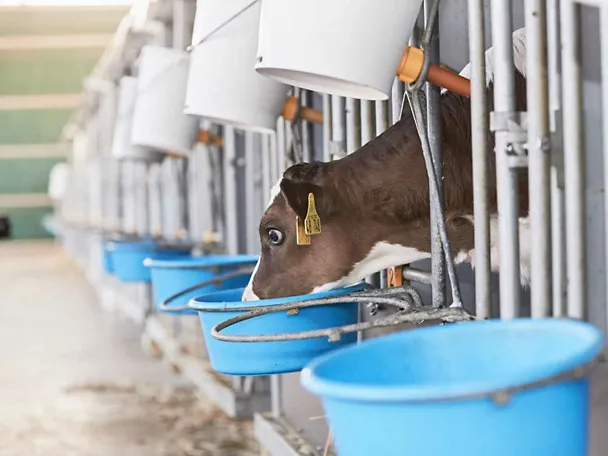Treat drought-damaged maize with BONSILAGE SPEED M

© Volker Hämmerling
Maize makes optimal use of available water and grows even in regions with little rainfall. Nevertheless, during the period from detasseling to milk ripening, maize is in need of sufficient water to ensure flowering and fertilisation. If drought damage and the associated effects (see Figure 1) occur during this phase, the correct chaffing date and the use of an adapted silage additive are essential. Ensiling agents inhibit the multiplication of fermentation pests (e.g. yeasts and moulds) and improve the feed value. SCHAUMANN gives tips on the correct harvest timing for drought-damaged maize crops in two critical stages of development.
Drought stress at maize flowering
The consequence of drought stress during maize flowering is a crop with fewer cobs. The plant continues to dry/mature without cob formation. Low-cob silage maize is very high in sugar, as the sugar in the leaves does not pass into the grain. The increased sugar content and the often increased yeast population on dead leaves increase the risk of reheating after opening the maize silo. This also promotes the growth of yeasts and moulds. The feed value of maize silage is low (see Figure 2). The use of the silage additive BONSILAGE SPEED M is recommended for these silages. Acetic acid will be increasingly formed within two weeks of covering the silo. This inhibits the development and multiplication of yeast and mould fungi after the silo has been opened (see Figure 3). The DLG quality seal confirms the effectiveness for aerobic stability as well as for the new direction of action of early silo opening (see figure 4).
A special combination of homo- and heterofermentative lactic acid bacteria strains (MSB) ensures intensive fermentation from the very beginning. With the innovative MSB Lactobacillus diolivorans, the silage maturation time is reduced to two weeks. Consumption-reducing aerobic spoilage processes, reheating and secondary fermentation are prevented.
The cobless maize crops should be harvested with a dry matter content of at least 28 %. This means that the risk of leachate in the silo is relatively low and the fermentation-biological ensiling losses are minimised. The right time for harvesting is at the onset of red-colouring of the maize stalk.
Drought stress after flowering
Drought stress in maize crops often also occurs after flowering. This results in the rapid maturity of the maize crops The drought-damaged leaves stop assimilating. Affected crops should be harvested at a maximum dry matter content of 32 % (drying of the long cob leaf). The crops should therefore be closely monitored on a daily basis. Compliance with the ensiling rules is essential, especially in these pre-damaged maize crops. The use of BONSILAGE SPEED M is also recommended here in order to increase the feed supply in spite of the damaged source material and to improve the basic feed situation.



